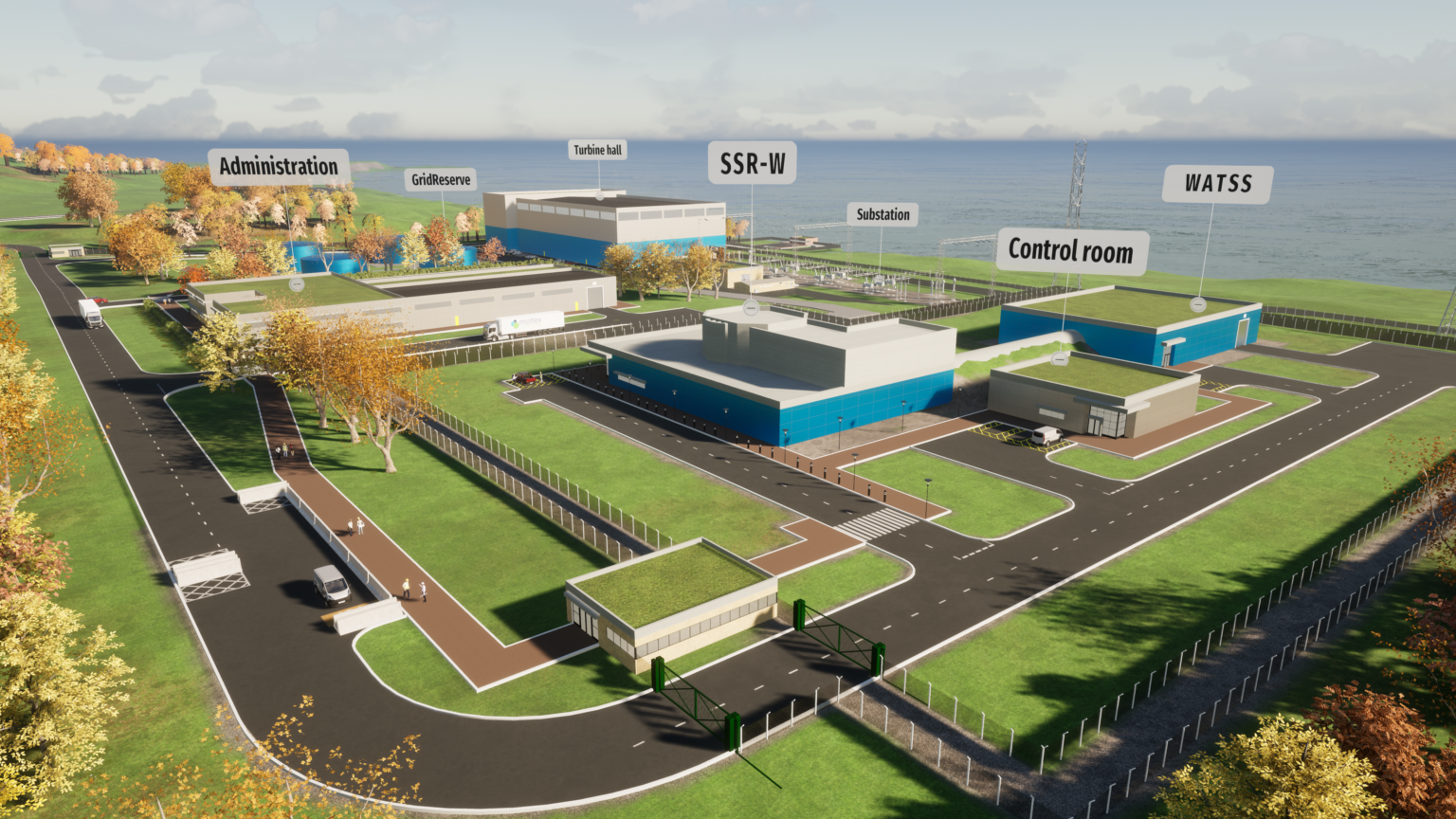Concept art of the Dow plant in Seadrift, Texas. (Source: X-energy)
The Nuclear Regulatory Commission is providing the opportunity to request a hearing on Dow Chemical Company’s application to construct a 320-MWe nuclear power plant at the company’s Seadrift site in Calhoun, Texas. Long Mott Energy, a wholly owned subsidiary of Dow Chemical, submitted its construction permit application to the NRC in March. It was accepted for review by the agency on May 12.
Technical advisory committee members in front of a full-scale universal nuclear waste canister prototype developed through ARPA-E’s UPWARDS program. (Photos: Deep Isolation)
At COP28, held in Dubai in 2023, a clear consensus emerged: Nuclear energy must be a cornerstone of the global clean energy transition. With electricity demand projected to soar as we decarbonize not just power but also industry, transport, and heat, the case for new nuclear is compelling. More than 20 countries committed to tripling global nuclear capacity by 2050. In the United States alone, the Department of Energy forecasts that the country’s current nuclear capacity could more than triple, adding 200 GW of new nuclear to the existing 95 GW by mid-century.
A digital twin of Purdue’s reactor appears on monitors in Stylianos Chatzidakis’s lab. Chatzidakis observes PhD student Zach Dahm, seated, as he toggles through different views. (Purdue University photo/John Underwood)
A research reactor built in 1962 that was converted to digital control and operation in 2019 is aiding the development of advanced nuclear reactors, such as small modular reactors and microreactors. An article published by Purdue University describes how Purdue University Reactor Number One (PUR-1), currently the only facility to be licensed for a fully digital safety and control system by the Nuclear Regulatory Commission, is being used to perform “first-of-a-kind experiments that are unique to the nuclear sector.”
A view of the DOME microreactor testbed, which is managed by the National Reactor Innovation Center. (Image: NRIC)
The National Reactor Innovation Center is accepting applications from developers ready to take a fueled microreactor to criticality inside the former Experimental Breeder Reactor-II containment building at Idaho National Laboratory, now repurposed as DOME—a microreactor test bed. According to a Department of Energy announcement, DOME will be ready to receive the first experimental reactor in the fall of 2026, with testing likely to begin in 2027.
Gas-fired power units under construction at the IPP plant site in central Utah. (Photo: IPA)
Utah-based waste management company EnergySolutions announced that it has signed a memorandum of understating with the Intermountain Power Agency and the state of Utah to explore the development of advanced nuclear power generation at the Intermountain Power Project (IPP) site near Delta, Utah.
Figure showing the nine steps of the demonstration example’s RIPB design process.
Deep Isolation’s Rod Baltzer and Deep Fission’s Elizabeth Muller. (Photo: Deep Fission)
Nuclear start-ups Deep Fission and Deep Isolation will collaborate on the management of spent nuclear fuel from Deep Fission’s advanced underground reactors under a memorandum of understanding signed by the companies.
William D. Magwood IV (left) meets with government officials during a visit to Mongolia. (Photo: NEA)
Nuclear Energy Agency Director General William D. Magwood IV visited Mongolia recently for a series of meetings with government representatives and to participate in discussions on nuclear energy development in the country.
Concept art of Moltex’s SSR–W and WATSS facility. (Image: Moltex)
Advanced reactor company Moltex Energy Canada said it has successfully validated its waste to stable salt (WATSS) process on used nuclear fuel bundles from an unnamed Canadian commercial reactor through hot cell experiments conducted by Canadian Nuclear Laboratories.
![]() Here is a recap of industry happenings from the recent past:
Here is a recap of industry happenings from the recent past:



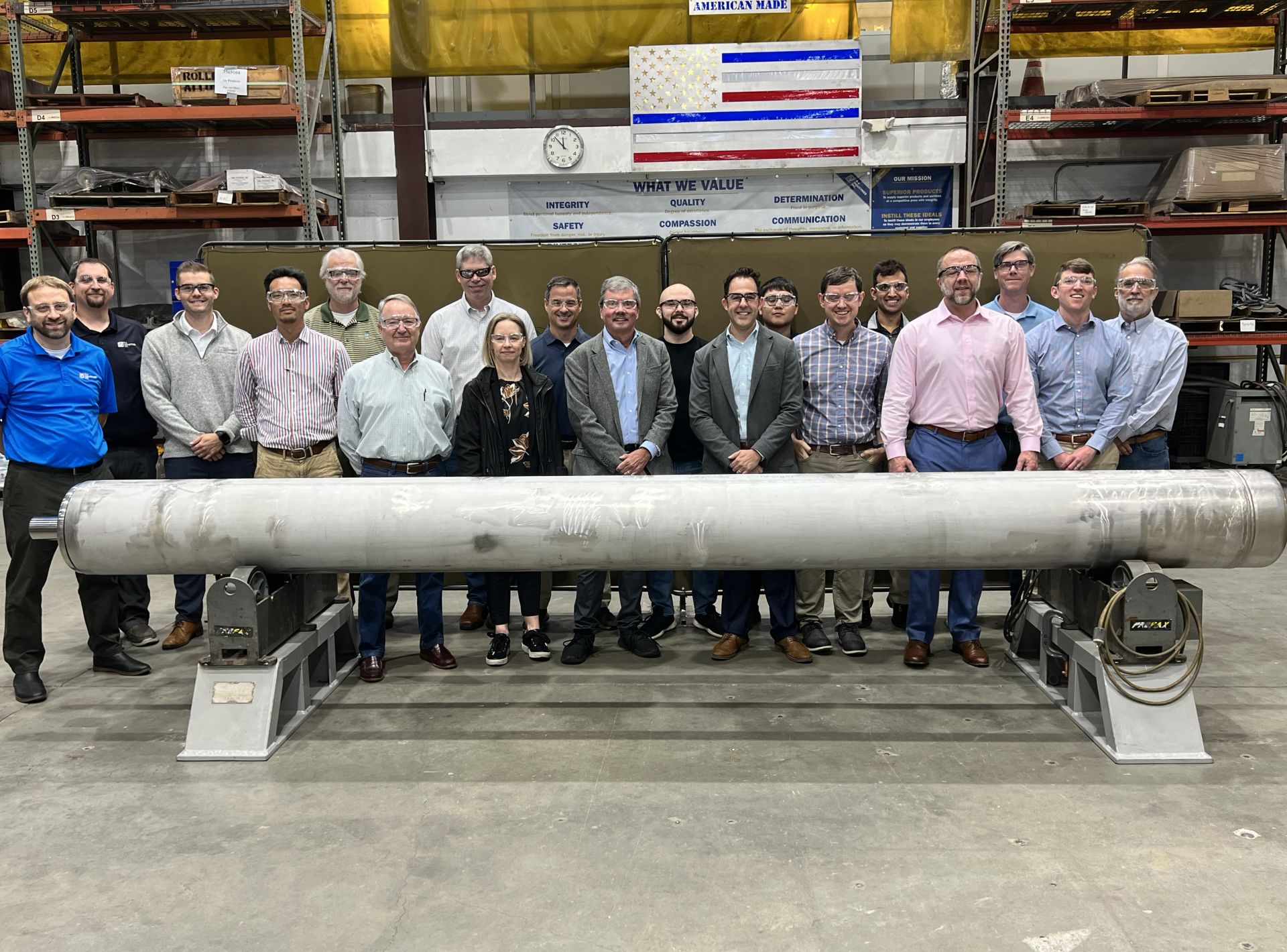 rotated.jpg)
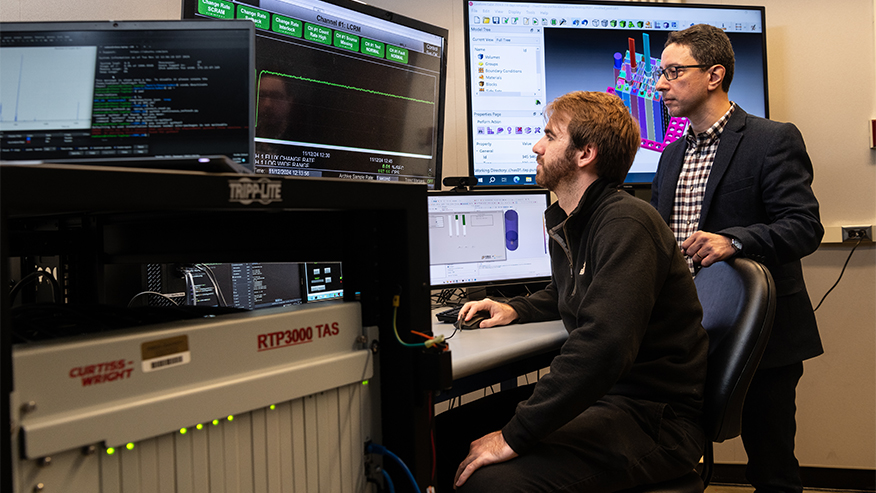
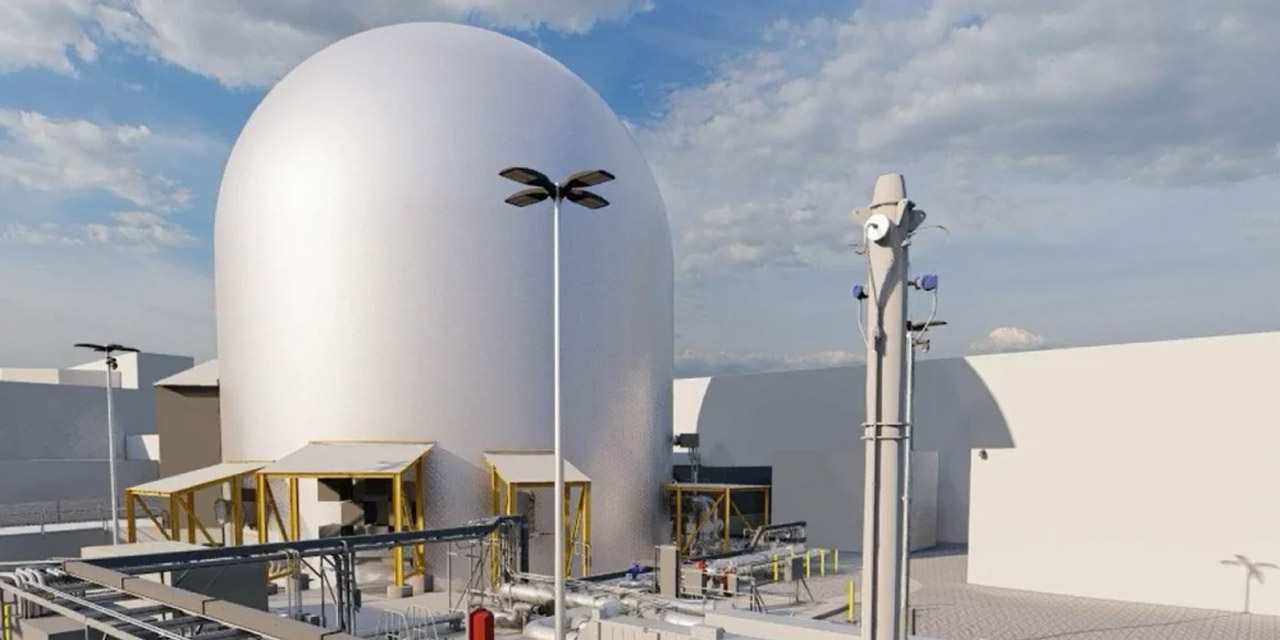



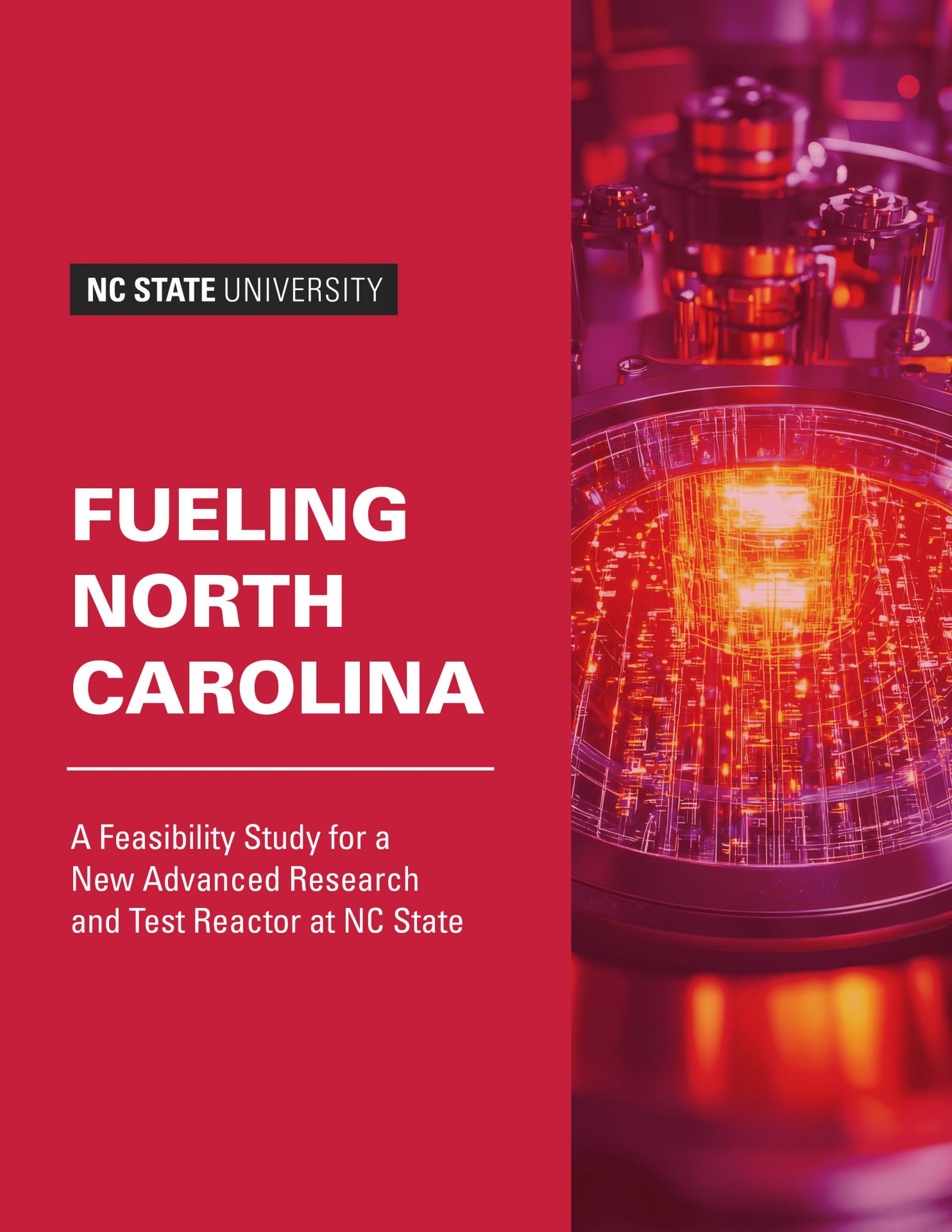 North Carolina State University has completed a feasibility study for its planned advanced research and test reactor. The $3 million study, which was undertaken by the university at the direction of the North Carolina General Assembly, is described in the
North Carolina State University has completed a feasibility study for its planned advanced research and test reactor. The $3 million study, which was undertaken by the university at the direction of the North Carolina General Assembly, is described in the 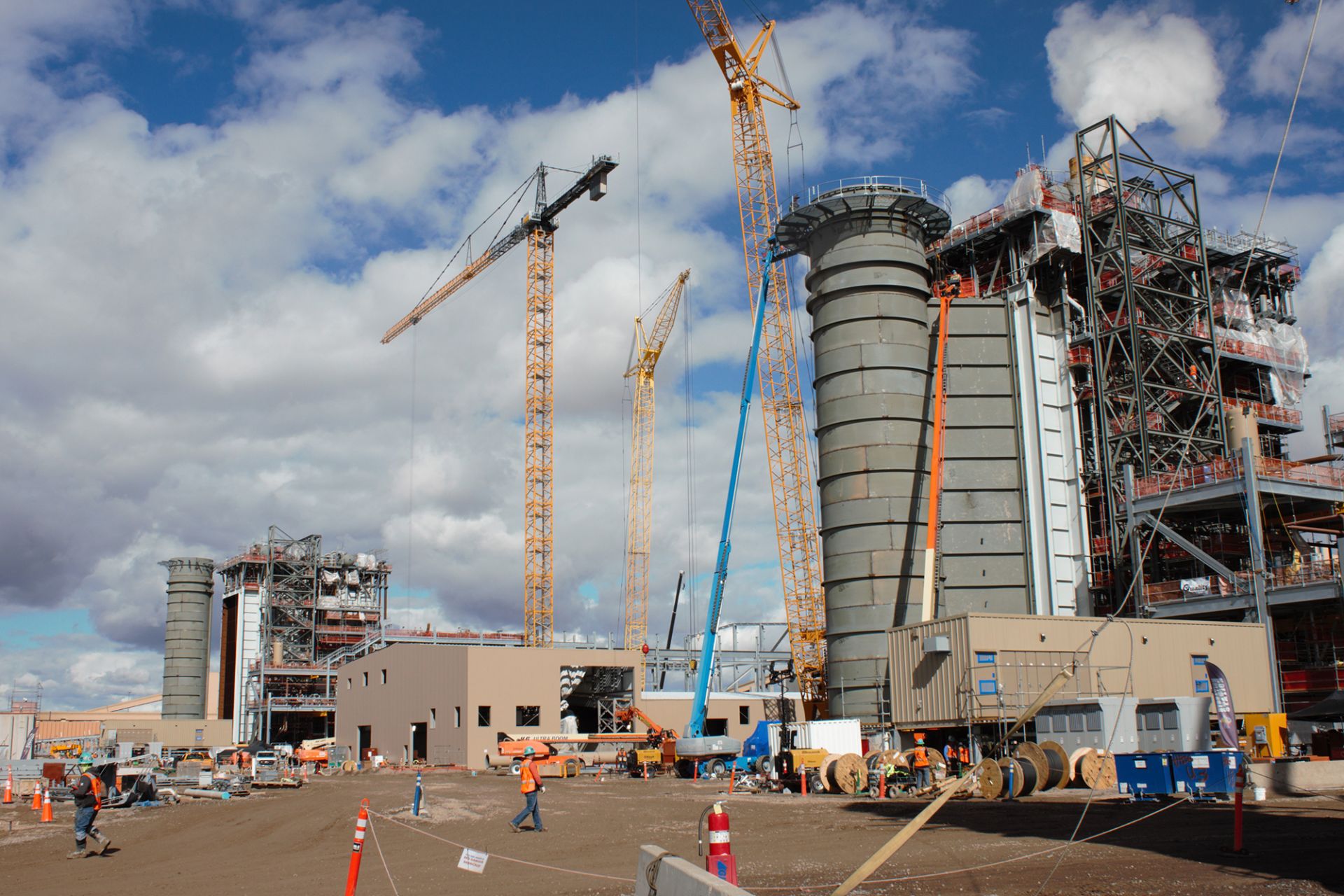
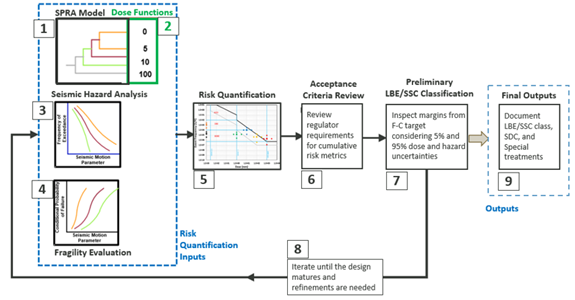
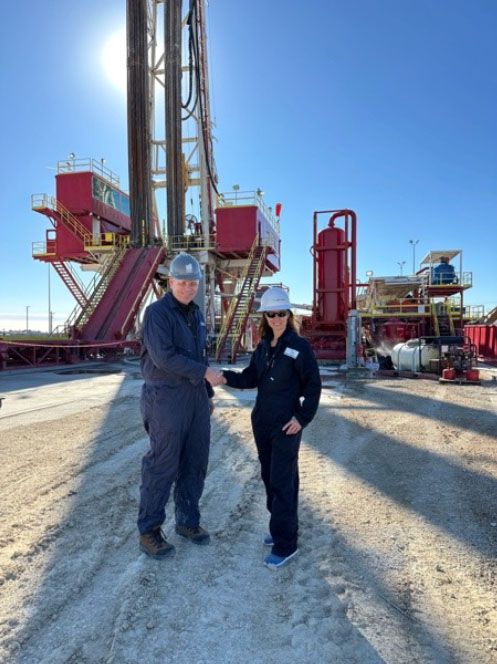.jpg)


